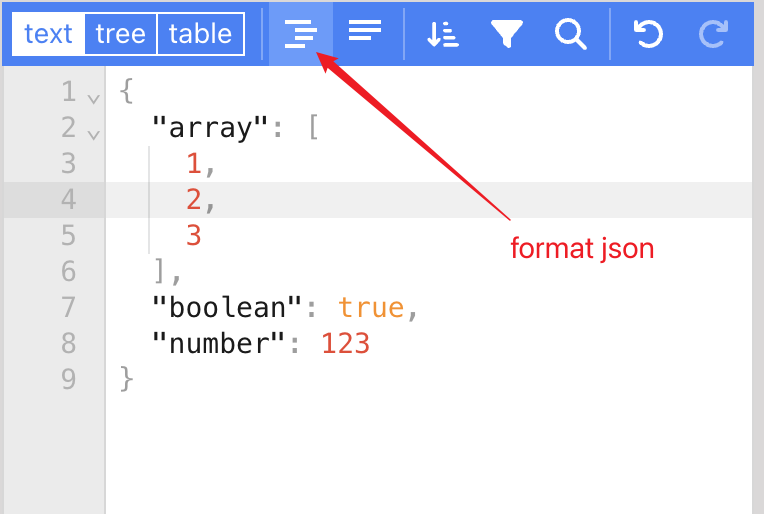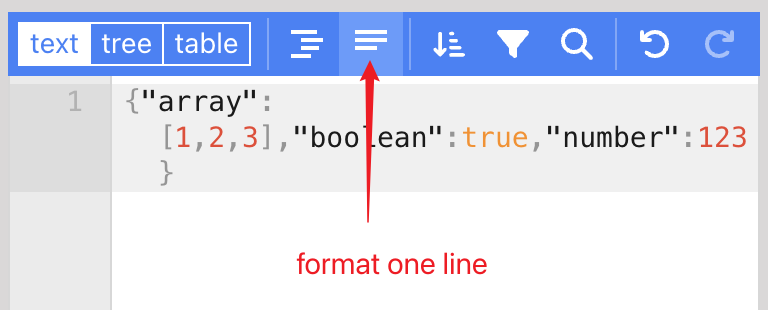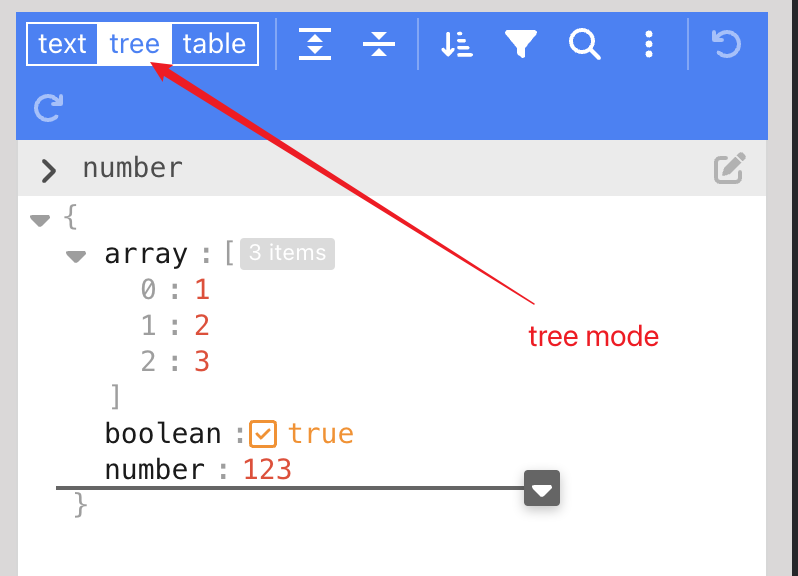JSON Editor
Use Example




What is JSON?
- JSON, short for JavaScript Object Notation, is a lightweight data interchange format. It is based on JavaScript syntax and is a subset of JavaScript. Similar to XML but more concise and lightweight.
- JSON is a format used to represent JavaScript objects. It makes data exchange easier, is text-based, and is used to store and transmit simple data, making it easy to write and read (as it's just a text file). It can be used independently, and programming environments can read, parse, and generate JSON. Almost all web development-related languages have JSON libraries.
- JSON's basic data types include: numbers, strings, booleans, arrays, objects, and null.
Advantages of JSON
- High compatibility
- More concise and lightweight than XML, smaller data size
- Easy to write, read, and modify
- Supports multiple data formats
- Supports multiple programming languages
- Supports reading and modifying JSON data in most programming libraries
JSON vs XML
We often compare JSON with XML because, compared to XML's complexity, JSON format is more lightweight and has smaller file size. Especially during data transmission, smaller data will definitely be faster. In the past, XML was used for API data transmission formats, but nowadays it has mostly been replaced by JSON format.
The biggest difference between JSON and XML is that XML is a complete 'markup language', while JSON is not. JSON is a data exchange format, so XML requires more effort and time in program interpretation.
Although JSON format has replaced XML in data transmission, providing more convenience, JSON is not as clear as XML, especially when JSON data is long. It can make people get lost in complex data and search for nodes. Therefore, although they are often compared, they still have their own advantages and disadvantages.
XML: Using the characteristics of markup language, it provides excellent extensibility and has stronger advantages over JSON in data storage, expansion, and advanced retrieval.
JSON: Supports built-in fast parsing in browsers, is more lightweight than XML, and is more suitable for use in network data transmission.